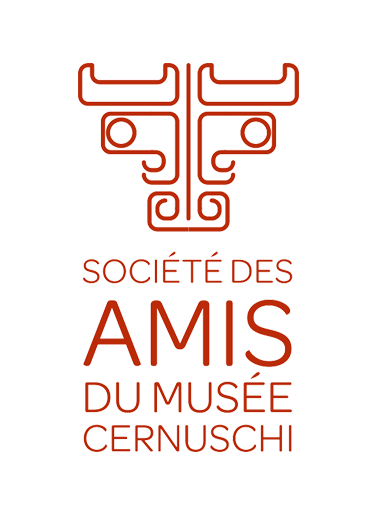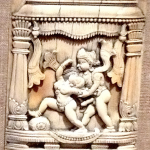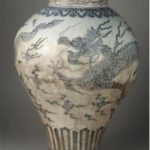The Art of Love in the Time of the Geishas
The Art of Love in the Time of the Geishas
At the Pinacothèque of Paris, from 06 November 2014 to 15 February 2015
The forbidden masterpieces of Japanese art.
As part of his season Art and Eroticism in the East, and in addition to the exhibition Kama Sutra, the Pinacothèque de Paris wishes to offer the public a singular approach to life and erotic culture in Japan at the time of Edo (1603-1867). The exhibition The Art of Love in Geisha Time: Prohibited Masterpieces of Japanese Art is the first ever presented in France on these famous prints that are part of all our fantasies and Far Eastern imaginary.
The prosperity of the Edo period favors the birth of a new and rich dominant bourgeois class within the great Japanese cities: the chōestate (Urban). These traders, artisans, doctors, teachers or artists affirm through the cultural movement ukiyo-e a hedonistic conception of existence that contrasts with the Japanese neo-Confucian morality of the ruling warrior classes. Movement ukiyo-e, “Images of the floating world”, is the fruit of an aesthetic and ethical reflection on the brief and transitory character of life and where the angle of idealized feminine beauty and the erotic imagination takes a preponderant part.
The polychrome engravings depicting beautiful women (bijinga) and erotic ones - the shunga, “Images of spring” - are the most significant manifestations of this period. They reached their heyday during the Edo period and reflect the refined, luxurious and modern lifestyle of the chōestate who frequents the theaters, the districts of pleasure, organizes parties and claims an existence turned towards the pleasure and the satisfaction of the personal desires. In parallel with this artistic expression, of which Kitagawa Utamaro, Utagawa Hiroshige or Katsushika Hokusai were the greatest masters, literature also becomes a mode of expression of this floating world thanks to ukiyo-zōshi, the novels ukiyo.
Secretly collected in Europe by great artistic personalities like Gustav Klimt or Émile Zola from the opening of Japan to the West in 1868, the engravings ukiyo-e contribute to the birth and development of Japanism at the end of the nineteenthe century.
The exhibition The Art of Love in Geisha Time: Prohibited Masterpieces of Japanese Art offers more than 200 prints, albumen photographs and everyday objects from the Museo delle Culture Lugano and other major public museums and private collections in Switzerland and Italy. A set of modern and contemporary works, manga boards and paintings, testifies to the continuity of this erotic tradition even in contemporary Japan.
Marc Restellini, director of the Pinacothèque de Paris
Disclaimer
The exhibition The Art of Love in the Time of the Geishas presents highly erotic works that may shock some visitors. It is not recommended for minors.




